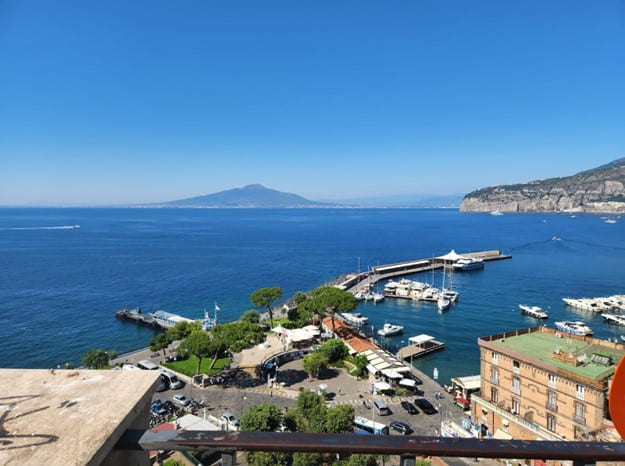Han Dynasty Tomb Brick
By Lily Nesvold
Tomb bricks, as the name implies, were used to construct tomb chambers. Families would commission the bricks to be manufactured and decorated, and then the finished products would be transported to the burial location. The tomb interior would hold a wooden coffin and gifts, such as ceramic jars, clay tomb figurines, and other pottery wares — everything the occupant needed for the afterlife…









